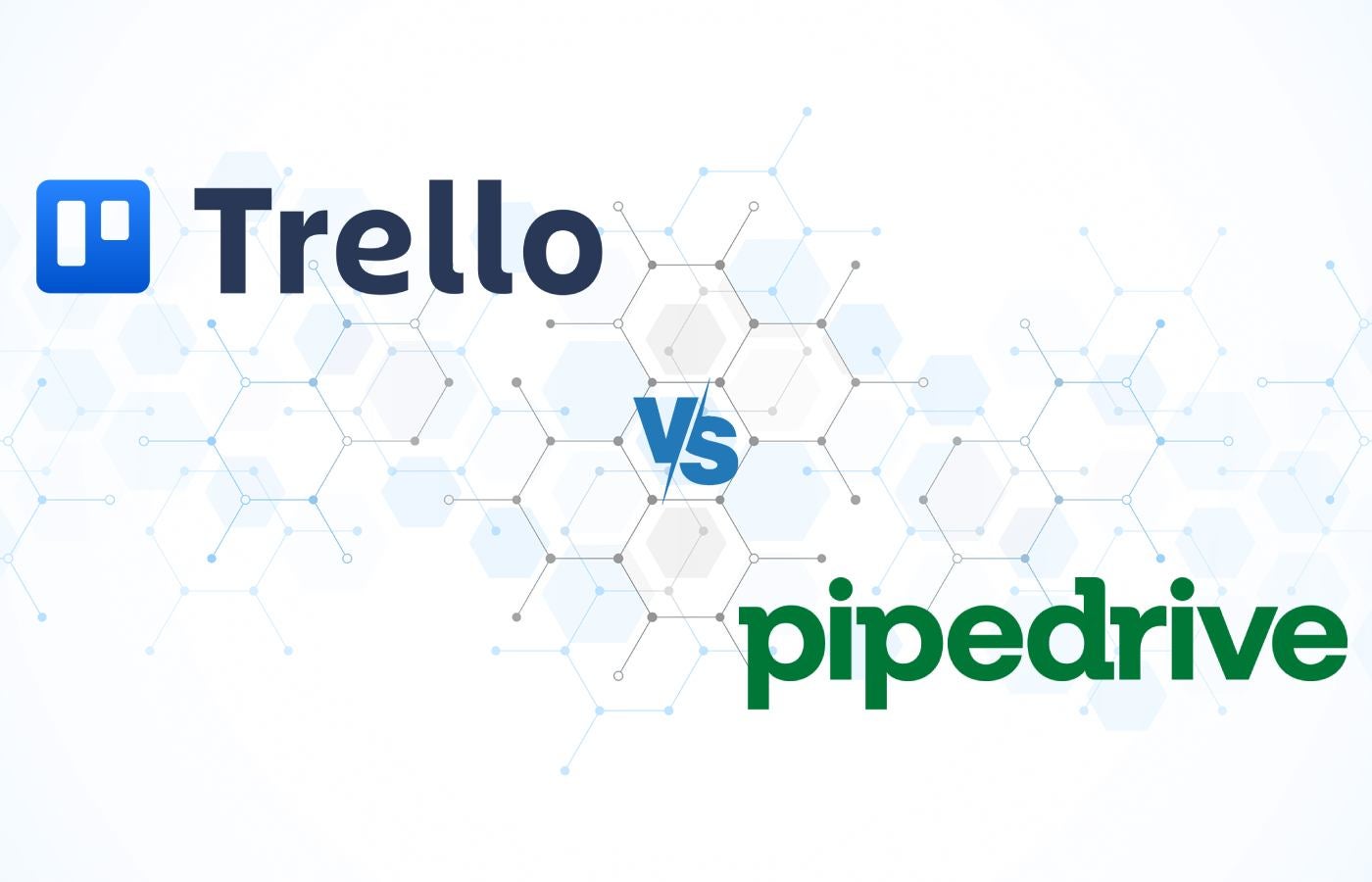Gartner representatives urge IT leaders in Australia to avoid getting caught up in the race by technology vendors to quickly develop, deploy and sell AI solutions. Instead, businesses should carefully design a “steady” or “accelerated” approach to AI adoption, depending on the specific benefits they want to gain from the technology.
Speaking at the Gartner IT Symposium/Xpo in Australia on September 9, two leading Gartner executive analysts, Mary Mesaglio and Kristian Steenstrup, explained that technology vendors were doing “everything they can” to develop AI solutions, while nearly half of CIOs are struggling to get a return on their AI investments.
Gartner analysts have recommended that Australian organisations focus on their own AI race to 2025. But this will require having different approaches to the technology across various business and IT functions.
What is the difference between a steady or accelerated approach to AI?
Gartner analysts defined an AI-powered organization as one that:
- It operates in an industry that is not affected by AI.
- Has a modest level of ambition for AI technology.
- You have 10 or fewer active AI initiatives running.
In contrast, those who adopt AI at an accelerated pace generally:
- They exist in industries that are being impacted by AI.
- Our goal is to be AI-first organizations.
- Have more than 10 active AI initiatives.
Benefits of AI: Start with productivity and move towards revenue generation
Productivity improvements are seen as the primary goal for organizations adopting AI at a more consistent pace. However, Gartner analysts warned that productivity improvements from AI are not evenly distributed: most are attributed to employees based on the complexity of their jobs and their level of experience.
“What makes AI productivity possible is combining job complexity with job experience,” Mesaglio explained. “The general rule is that you get higher AI productivity when you combine low complexity with low experience, or high complexity with a lot of experience.”
Companies adopting AI at an accelerated pace are also seeking the same basic productivity gains from AI. However, Steenstrup said this type of organization is often looking for more from the technology, such as improved asset returns, increased speed, new revenue, a better customer experience and reduced shrink.
From proof of concept to proof of value
While organizations adopting AI at a steady pace may just need to examine their AI spending more closely, those on an accelerated path have been advised to implement real-time cost monitoring, similar to the approach many have taken to tracking cloud spending.
AI projects also need to consider cost and value from the start, Mesaglio said.
“When you do a proof of concept, you don’t just want to see if the technology works and if employees like it,” he explained. “Use the proof of concept to also understand how costs will scale.”
Build an AI stack to cope with the expansion of AI tools and data
There has been an explosion of AI features and tools in enterprise resource planning systems, customer relationship management systems, and other internal and external technology tools. This means that companies will need to develop the capabilities to manage them and the organization’s data in a coherent manner.
By 2026, Gartner predicts that more than 80% of software vendors will incorporate generative AI capabilities.
Gartner suggests that organizations create a “technology sandwich” to manage both AI and data handled centrally within the organization, along with AI and data integrated into other software or “BYOAI” (Bring Your Own AI) incorporated independently by different departments within a company.
Trust in AI: Driving safe and trustworthy AI across the organization
Steady and accelerated AI adopters need to build trust in AI, but in different ways, according to Gartner.
Stable organizations in the face of AI
Organizations that rely on AI can rely more on human-driven governance, policies, and change management to ensure AI safety and reliability. For example, measures such as establishing an AI team responsible for AI safety and creating a community of practice to share knowledge can be effective in managing a smaller number of AI initiatives.
Organizations accelerated by AI
Gartner says that those who adopt AI most quickly will need a more automated, technology-driven approach to ensuring trustworthy AI, beyond relying solely on human governance processes. This means using “trust technologies” that can programmatically implement AI policies and manage AI risks in real time.
WATCH: Australia proposes mandatory AI safeguards
AI and Employees: Supporting Employee Behavior as AI is Deployed
As the Australian government proposes implementing mandatory AI safeguards, Gartner analysts say not enough companies are considering the emotional impact the introduction of AI has on employees. They said it could make them feel threatened by AI, indebted to the technology or jealous of coworkers who use it.
“Your change management program is likely not designed to account for the full spectrum of potential emotional responses to AI,” Mesaglio said. “This involves much more than UX testing. Only 20% of CIOs say their company is focused on mitigating potential negative impacts on employee well-being.”
These feelings may worsen as AI-accelerated organizations deploy agent AI, or AI agents capable of making decisions on behalf of humans.
“We cannot emphasize enough how important it will be to manage behavioral outcomes with the same rigor that we manage technology and business outcomes,” he said.
What aspects of AI should organizations consider in 2025?
Gartner told the audience that AI does not need to be implemented “all at once.” Mesaglio recommended that those planning to implement AI at a steady pace should:
- Look for employee productivity as the primary benefit of AI.
- Make sure they understand the details of your AI invoice.
- Lean on technology vendors to build your own AI technology stack instead of doing it in-house.
- Continue to use AI policies as the primary trust mechanism for behavioral outcomes.
- Rely on change management practices, but adapt them to an AI environment.
AI-accelerated organizations should start with the same goals but also:
- Look for benefits beyond productivity, such as improved public outcomes or increased revenue generation.
- Implement real-time cost monitoring similar to the methods some use to track cloud costs.
- Build a custom AI technology stack that fits the business's desired outcomes.
- Introduce trust technologies to automate AI policies and ensure the development of responsible AI;
- Experiment with Agent AI.
Gartner also recommended that organizations avoid falling into the deep abyss of disillusionment with AI.
“Everyone talks about the hype at the top of the cycle, but not enough people realize that there is negative hype at the bottom of the cycle, too,” Steenstrup said. “When you’re at the bottom, don’t be fooled. If you focus on business value and move at your own pace, you can handle the peaks and valleys of AI.”












